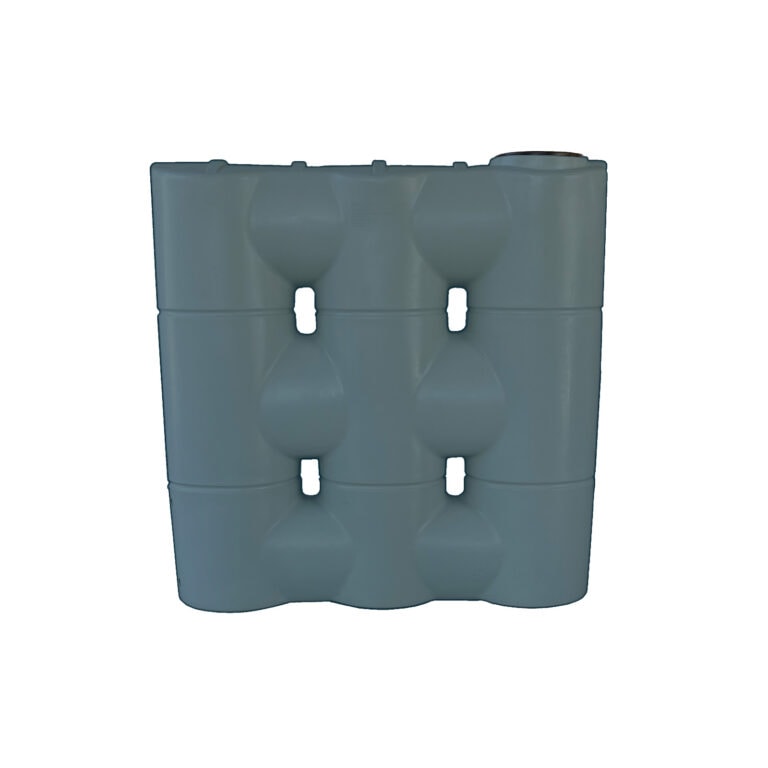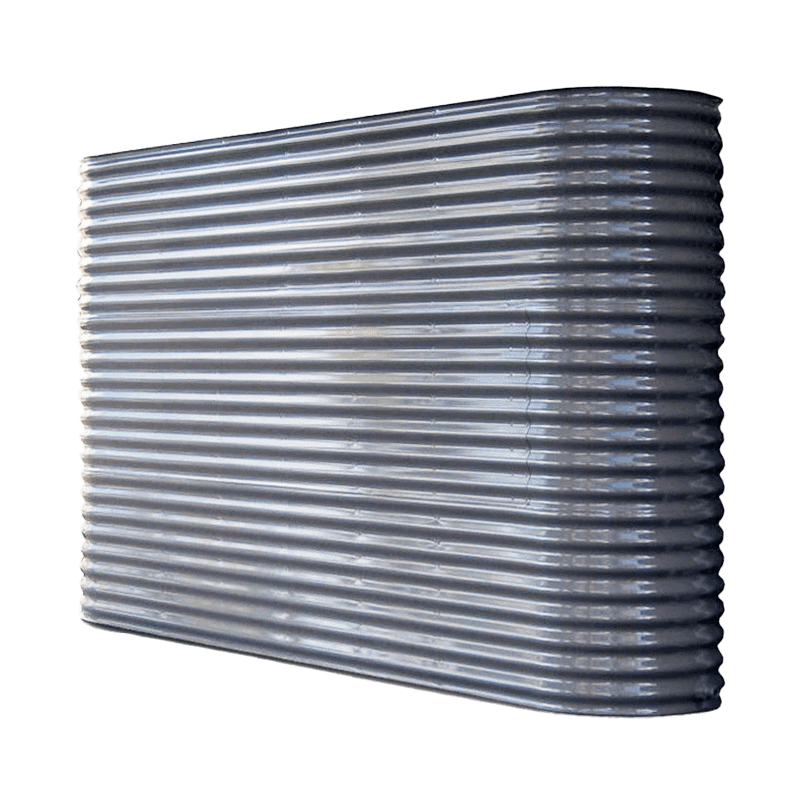Recognizing the Importance of Rain Containers in Drought-Prone Regions for Water Security
In regions susceptible to extended droughts, the duty of rainwater containers in strengthening water safety is a topic of growing relevance. As communities face the difficulties of water scarcity, recognizing the value of these storage tanks goes beyond mere collection of rainwater. Rainwater containers function as an important tool in reducing the impact of water lacks by giving a sustainable resource of water for various demands. The true value of rain tanks expands much beyond simple storage space; it encompasses resilience-building steps and the promo of lasting water preservation methods. This multifaceted method to water security warrants a closer evaluation of the duty rain containers play in guaranteeing a dependable water supply during times of drought.
Advantages of Rain Containers
Using rainwater storage tanks provides a lasting solution for increasing supply of water and enhancing water security in household and commercial settings. One of the main advantages of rainwater storage tanks is their capacity to reduce reliance on mains water. By catching and saving rainwater that falls on roofs, this different resource can be used for numerous non-potable functions such as watering, flushing toilets, and cleaning garments. This not only preserves treated alcohol consumption water but also lowers water expenses for customers.

Rain Harvesting Methods
Rain collecting strategies include a series of approaches developed to effectively accumulate and save rain for various purposes, adding to water preservation and sustainability. One common strategy is the setup of rooftop catchment systems, where rainwater is gathered from the roof covering of a building and directed to a tank. This method is reasonably basic and cost-efficient. An additional popular method is making use of above-ground or below ground tank to keep rainwater for later use. These tanks are available in different sizes and products to match different needs and can be attached to the existing pipes system for simple gain access to.

Moreover, rainfall gardens and absorptive sidewalks are ingenious techniques that involve landscape design or paving surfaces in a manner that permits rainwater to percolate right into the ground, restoring groundwater reserves. Additionally, shape farming and terracing are farming techniques that aid capture rainwater and avoid soil erosion in hilly terrain. By executing these diverse rainwater harvesting techniques, neighborhoods can enhance water safety and security and durability in drought-prone regions while promoting sustainable water management practices.
Relevance of Water Safety
Guaranteeing trusted accessibility to clean and sufficient water sources is paramount for maintaining human wellness, financial advancement, and environmental health. Water safety is a crucial aspect of social durability, particularly in regions susceptible to dry spells and water shortage. Adequate water protection incorporates various measurements, consisting of schedule, top quality, and accessibility of water for domestic, farming, industrial, and ecological needs.
Water protection plays a vital function in promoting public health by minimizing the prevalence of waterborne conditions and ensuring sanitation facilities. Economically, water security is important for agricultural efficiency, commercial operations, and total economic development. Slimline water tanks. Moreover, water safety is carefully connected to ecological sustainability, as it supports environments, biodiversity, and overall environmental balance.
In drought-prone areas, water safety and security ends up being even extra essential as a result of the enhanced risk of water shortages. Executing strategies like rain harvesting, water recycling, and effective water administration practices can considerably improve water safety in these locations. By prioritizing water protection, areas can better stand up to the impacts of environment adjustment, populace growth, and various other challenges that threaten water availability.
Enhancing Water Strength
With boosting global water difficulties, building durability in water systems has become a critical emphasis for sustainable growth efforts. Enhancing water durability includes executing approaches to ensure water schedule and top quality when faced with altering ecological problems, linked here such as droughts, floodings, and contamination.
One key element of improving water strength is advertising making use of rainwater containers in drought-prone areas - Slimline water tanks. Rain containers work as a reliable methods of capturing and why not look here keeping rainwater for later usage, lowering reliance on limited freshwater sources throughout dry durations. By incorporating rain harvesting systems right into water administration strategies, neighborhoods can boost their capability to hold up against water shortage and preserve water safety

Lasting Water Preservation
Among escalating water difficulties, the prudent management of water sources through sustainable conservation methods is critical for ensuring long-term environmental stability and societal health. Sustainable water conservation involves the effective usage of water sources to satisfy existing demands without endangering the capacity of future generations to fulfill their very own needs. By applying strategies such as rain harvesting, greywater recycling, and water-efficient innovations, communities can reduce water wastage and alleviate pressure look at this website on freshwater resources.
Furthermore, lasting water preservation methods add to ecosystem health and wellness by preserving sufficient water levels in rivers, lakes, and wetlands, supporting biodiversity, and maintaining all-natural environments. These methods likewise play an important function in reducing the impacts of environment modification by assisting to adapt to transforming rainfall patterns and water accessibility.

Conclusion
Finally, rain tanks play an important duty in boosting water safety and security and durability in drought-prone areas. By making use of rain harvesting techniques, communities can decrease their dependence on typical water resources and advertise lasting water conservation practices. This not only assists alleviate the influences of water deficiency throughout dry spells yet additionally contributes to long-term water safety and security and durability when faced with climate modification obstacles.